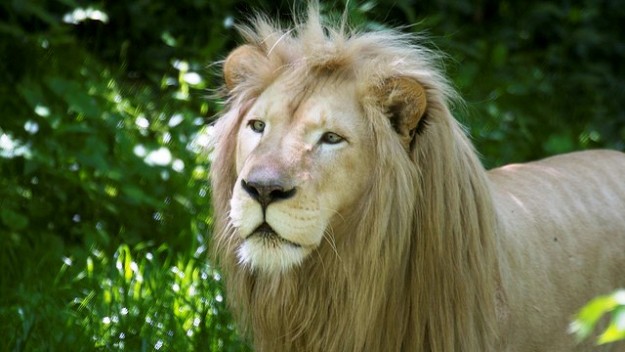Who doesn’t love a day out at the zoo? From lions and zebras to snakes and critters of the forest; there is something for everyone at the Cincinnati Zoo, including a sustainable dining experience. You heard right! Since 2010, the Cincinnati Zoo has been known as the greenest zoo in America and earlier this year, Base Camp Café, the zoo’s now famous eatery, was given the highest possible rating from the Green Restaurant Association (GRA).
According to City Beat, the GRA rates restaurants on a point scale that takes into account things like energy, sustainable food use, water efficiency and waste reduction. Scoring more points than the 15 other restaurants nation-wide to receive the rating, Base Camp Café is officially the greenest restaurant in the country.
Remodel and retrofit
According to USA Today, Base Camp Café underwent a huge remodel prior to opening for the 2013 season. The zoo spent approximately $2.5 million on renovations, with a whopping $30,000 being directed towards achieving green goals. In regards to payback time on green investments, Mark Fisher, Director of Sustainability at the zoo has this to say: “Our projection is that it will save us about $10,000 yearly, so it will be paid back in three years.”
Visible green changes to the café include compostable containers, a full recycling program, and a menu compiled largely of locally grown food. In fact, an increasing amount of food used at the restaurant comes from Green Bean Delivery who operates on land owned by the zoo. Other sustainable changes that visitors might not notice include the installation of a variable-power ventilating hood in the kitchen that is 60% more efficient than most, the hiring of a pest-control company that is green certified, and the use of solar electricity that powers approximately a quarter of the energy used at the restaurant. Base Camp Café is also now outfitted with 100 additional indoor seats, 300 outdoor seats, a small greenhouse and a deck made from reclaimed wood that overlooks the African savannah. Sounds like a great – and green – way to spend an afternoon.
America’s greenest zoo
Green initiatives taken by the restaurant tie in nicely with many projects being implemented by zoo management over the last few years in an effort to become a model of sustainability within the industry. On the website of the Cincinnati Zoo, you can find descriptions of the facility’s green initiatives including energy-saving and storm water management programs, and projects geared towards waste reduction and water conservation. When it comes to energy-efficiency specifically, here’s a rundown on what makes this zoo, the best – and greenest – in class.
Since 2008, the zoo has reduced energy usage by 11% despite adding 25% more building square footage, saving the zoo $1.5 million on utility bills. These savings are largely due to initiatives like: upgrading to energy-efficient lighting and installing motion sensors; replacing older and inefficient equipment like boilers, furnaces, water heaters, refrigerators and freezers; unplugging equipment not being used regularly; and investing in energy management equipment and software to regulate heating, ventilating and cooling systems throughout the zoo.
Renewing belief in alternative energies
The use of renewable energies is one of the zoo’s biggest energy-saving secrets. Solar energy is one of the biggest energy contributors throughout the property. In fact, a 20kw solar array atop the education centre provides around 25% of the energy needed to operate the building and 10kw solar panels help power the Go Green Garden Exhibit.
These panels, with the help of a wind turbine, provide more than one third of the energy used at the Membership and Ticketing Building. According to the zoo, the wind turbine itself can produce enough energy to run a dishwater and refrigerator for an entire year. Finally, a 1.56 megawatt solar array greets guests in the parking lot, and is the largest urban, publicly accessible array in the country. See for yourself:
The zoo also depends on geothermal energy in the form of 36 wells to help heat and cool buildings located in the Historic Vine Street Village and is currently exploring uses for biomass energy generated through elephant waste. The zoo also plans for all transportation including the zoo train and tram (alongside any other diesel vehicles running inside zoo walls) to be converted to biodiesel and run on oil provided by the zoo’s kitchens, including the one at Base Camp Café. Needles to say, the circle of life is well and alive at the Cincinnati Zoo.
Read more about “green” initiatives beyond energy-efficiency here. Questions or comments? Leave them below!
image credit: kcolwell



















